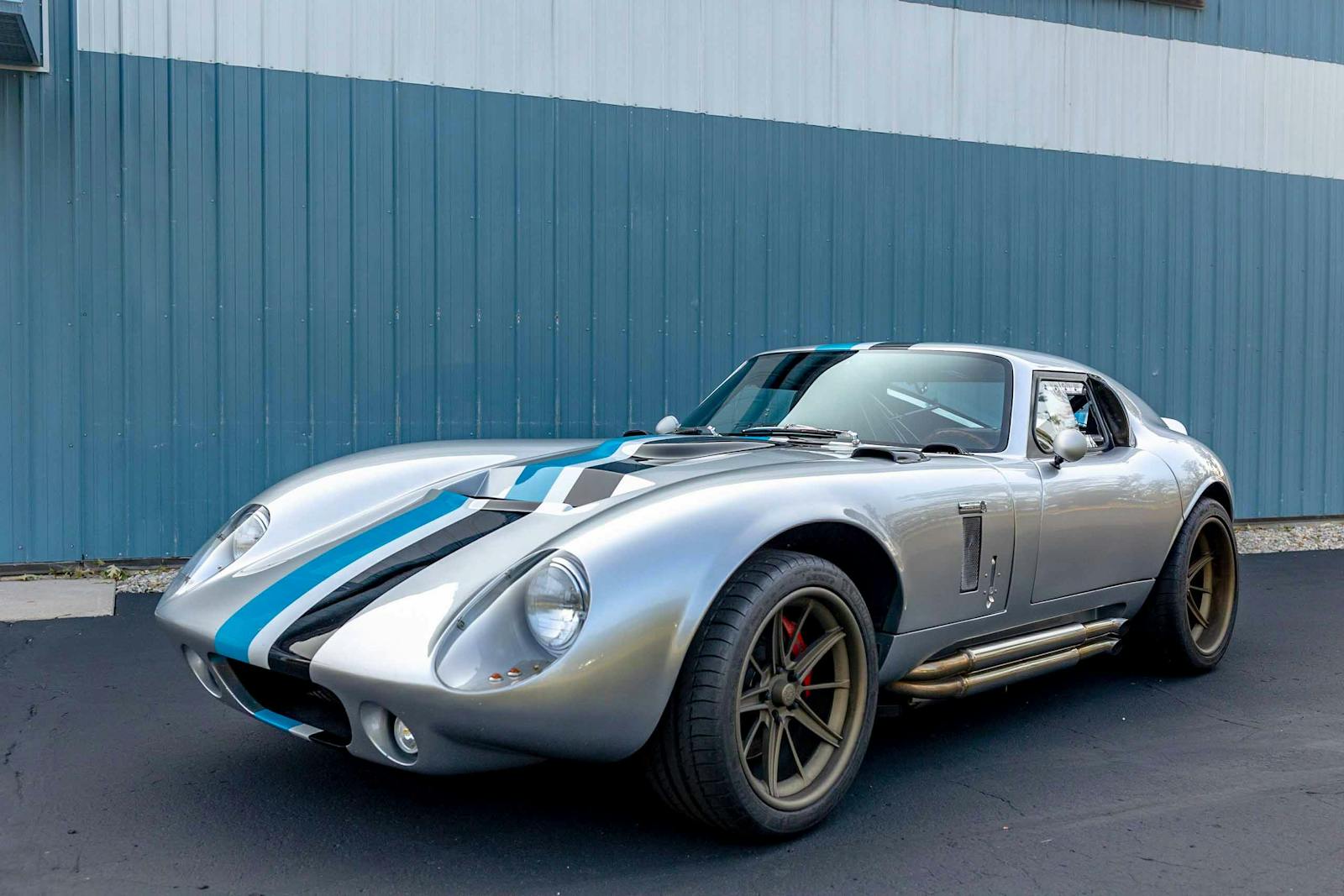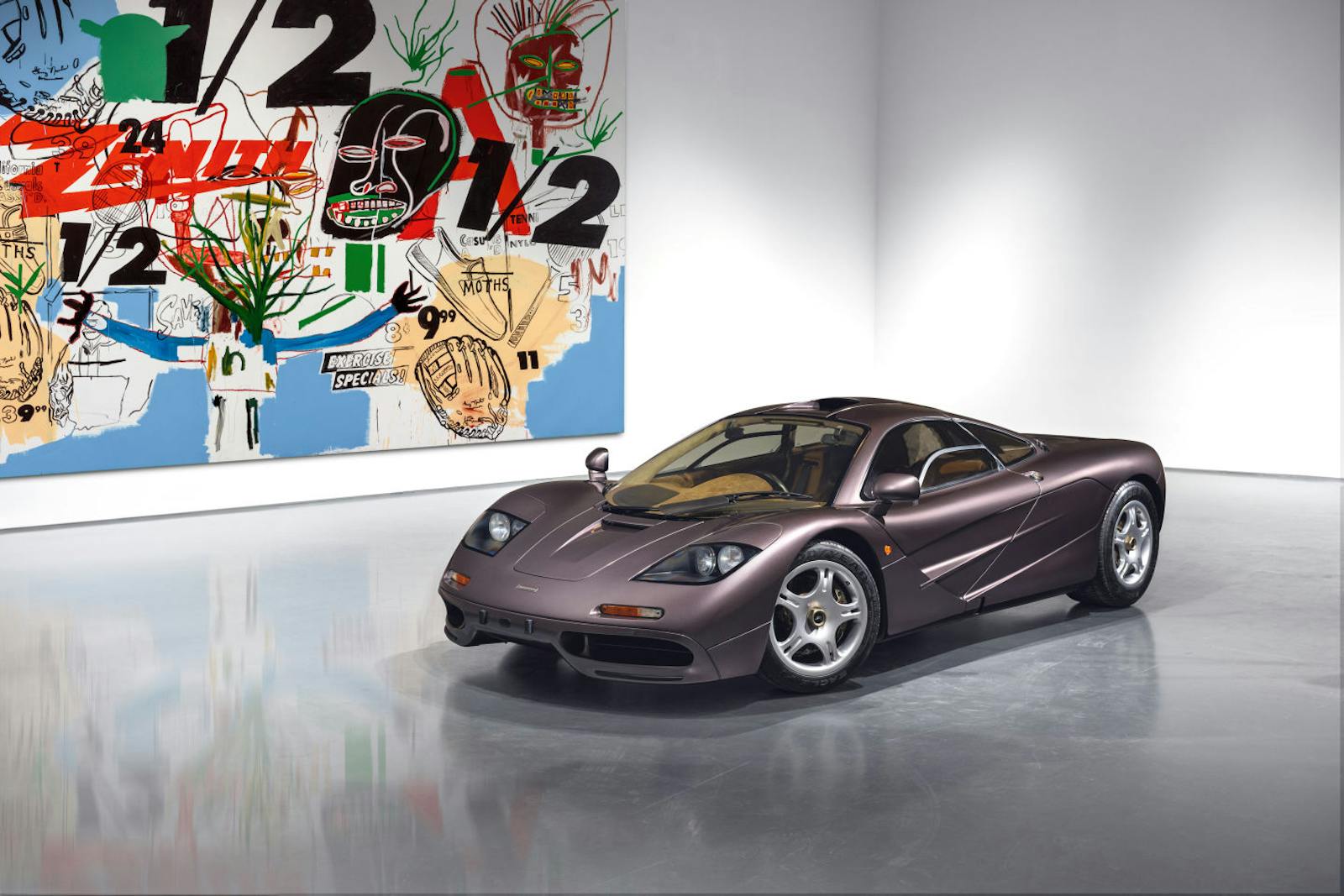The 10 most expensive motorcycles sold at Mecum Indy 2020
If you wanted to be among the top 10 motorcycles at Mecum Indy, you could have bought or sold anything from rare turn-of-the-century American bikes to Japanese and British ’70s superbikes, to 2000s American iron. Whatever your taste, let’s look at the top 10 motorcycles at Mecum Indy 2020.
1947 Harley-Davidson Knucklehead Chopper

Sold for $14,300
Knuckleheads are all about the engine. The stampings must be correct and looked over with a fine-tooth comb and every part verified it is original from the model year. Any deviations detract greatly from the value. When one of these valuable engines is in a chopper, you get an interesting combination of a valuable engine in a custom and chopped package. Love it or hate it, these have a cult following and some riders love ’em. To some it’s a lifestyle play, to others it’s an art play.
1979 Honda CBX

Sold for: $14,850
Combine one of the best-sounding motorcycle engines ever made with classic ’70s naked-bike styling and you get one of Honda’s most recognizable models. With #1 values north of $23K, collectors are buying up clean CBXs and paying top dollar for them. Just make sure the exhausts are original and don’t have rust at the welds to the headers, as this is a big sticking point for CBXs. This one looks to be in 2- (Excellent minus) condition and sold for 3.5 percent over condition appropriate HPG value.
1952 Harley-Davidson Servi-Car
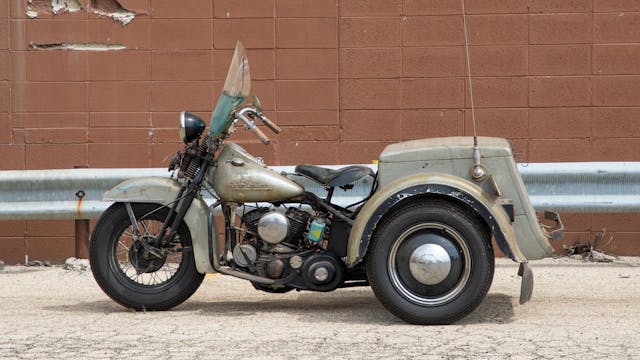
Sold for: $15,400
To some, a classic Harley covered in grime and rust (or patina, as some call it) looks better than a perfectly restored bike. The Servi-car here fits the bill. These Servi-cars were built by Harley to serve utilitarian purposes and often got put into police duty, but nowadays they are mostly admired at parades or shows rather than pulling over Al Capone’s luxury sedan or serving parking tickets in New York. This one has a patina that can only come from years of service wear and tear, followed by being tucked away in a barn for years, and the buyers paid up for it. It sold for just above 3+ (Good plus) values.
2007 Ridley Autoglide Classic Trike
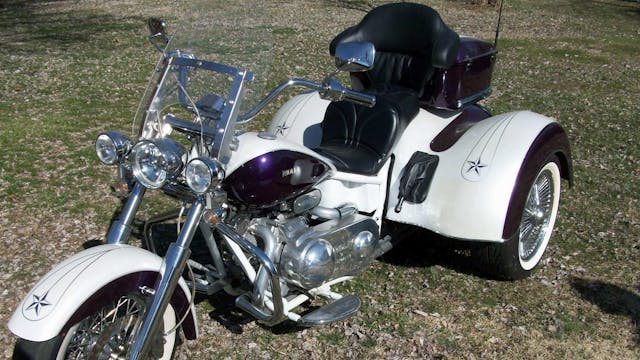
Sold for: $18,700
If the buyer of the Servi-car wanted something a little more modern, then this is the ticket. Ridley is a small manufacturer that I’d never heard of until today, but it appears that its main product is an automatic-transmission trike. At a time when drivers and riders are valuing usability over collecting dust, an automatic trike will appeal to many as a way to get out and explore.
2001 Harley-Davidson Dyna Super Glide

Sold for: $19,800
From old Knuckleheads to new Sportsters, Harleys are synonymous with being customized in a minor or major way to fit a rider’s personal style. This Dyna Super Glide is not one of them, and it likely will remain untouched and on display for many years to come. It was previously owned by Jay Leno, displayed on The Tonight Show stage for 30 days, and was signed by each guest. Then Leno auctioned it on eBay to benefit the Twin Towers Fund. The price then was $360,200—that’s about 1719 percent more than it went for this time around.
1975 Kawasaki Z1
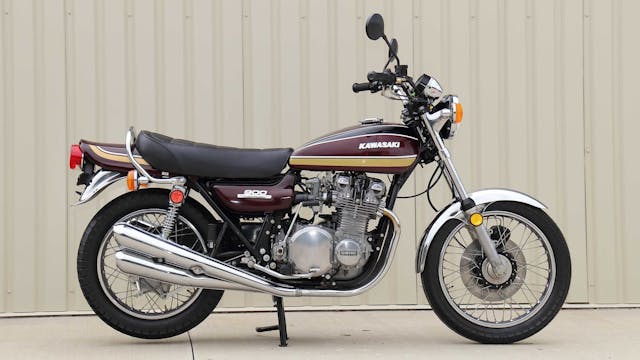
Sold for $20,350
The Z1 was Kawasaki’s answer to Honda’s first superbike, the CB750, and it was a better bike in many ways. As Japanese superbikes are finally getting the respect they deserve in the collector market, due to their historical significance, style, and power (collectors want to ride their bikes nowadays). Don’t expect to see these disappear from the road though; owners are still out there using them as reliable transportation. The first-year 1973 Z1 is worth the most, but the later Z1A and Z1B are creeping closer. This one sold for 9 percent over #1 values.
1975 Norton Commando 850

Sold for: $24,200
It shook. It leaked. It rattled. It flexed. Then it got bored-out 100cc, two disc brakes, and an electric start, and it became the bike it always should have been. In the late ’60s and ’70s, the Brits were always playing catch up with their Japanese rivals who always seemed to provide the customer more for less in a more reliable package. No one was able to provide the soul and character of the British bikes, though, and they defined an era of motorcycling for the Boomer generation. This Commando brought an extremely high price, selling for nearly 80 percent above the #1 value.
1973 Triumph X75 Hurricane
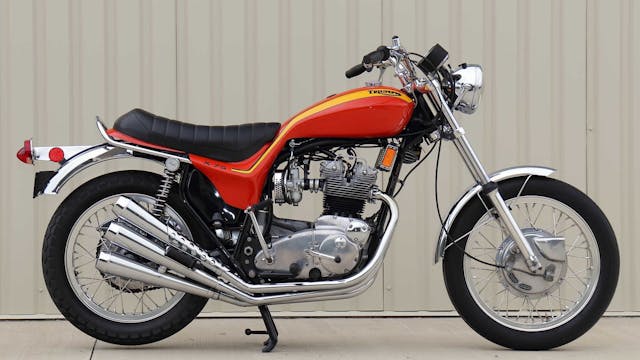
Sold for $27,500
The Triumph Hurricane takes the prize of one of the most “70s” 1970s bikes. The Hurricane had a psychedelic style with bright orange paint and swooping bodywork designed by Craig Vetter, made famous by creating fiberglass touring fairings at a time when manufacturers weren’t attaching them stock. The Hurricane was limited to 1200 units and launched at a time when BSA went bankrupt and the British market struggled to touch the heels of the technologically advanced Japanese bikes coming in fast. Nowadays, the limited production and unique styling bring top dollar, and this one sold for 4 percent over #1 values.
1918 Indian Board Track Racer

Sold for: $40,700
Indian board track racers strike a chord with most any racing enthusiast, and they bring back an era of racers risking their lives far beyond any risk seen today. Values for these fluctuate vastly, based on what reproduction parts are present, their known history, and overall condition. Like with the Servi-car above, however, patina, rust, and grime only add to the appeal, and board track racers are often seen with faked patina. This one looks like a solid example that isn’t missing anything major.
1911 Pierce-Arrow Four
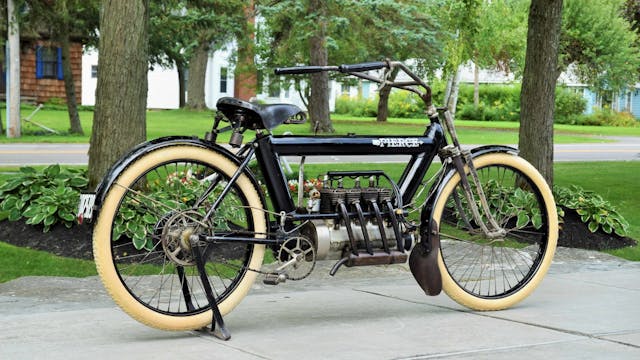
Sold for $225,500
Four cylinders and about 700ccs weren’t just for the CB750. The Pierce Four was introduced 60 years earlier, in 1909, as the first four-cylinder American motorcycle. It could only muster a max speed of 60 mph, but that was fast for the day, especially when it was able to do it with minimal vibration from its smooth engine. Early models had fixed gears and no clutch, but this 1911 model brought in more usability with a clutch and two-speed transmission. The bike is likely destined for a personal collection or museum, but with the popularity of events like the Motorcycle Cannonball, it just might happen to be out on the road one day.
